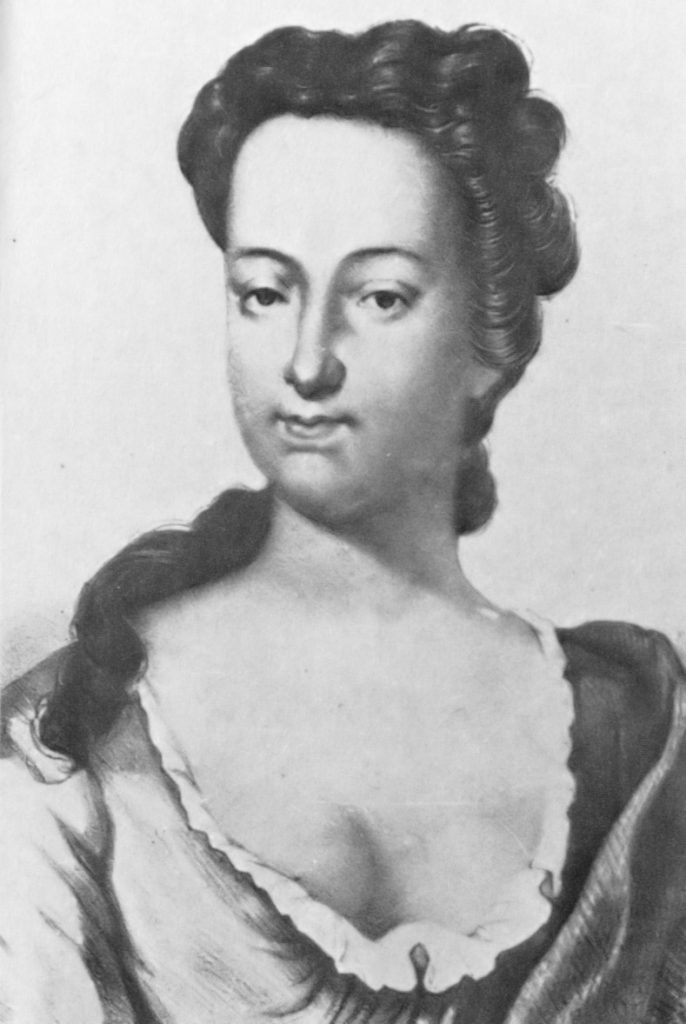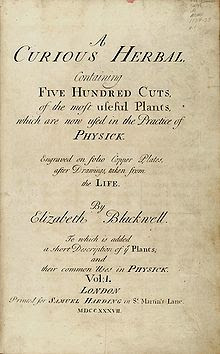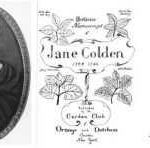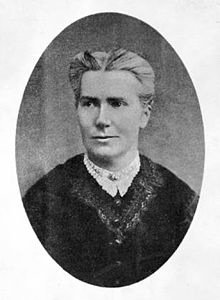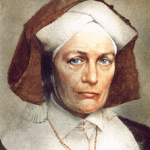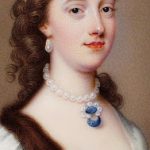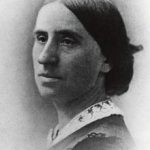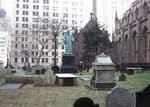The eighteenth century proved to be the time for budding female botanists. Women were allowed to pursue the study of plants and encouraged in illustration, but any deeper interest such as, a professional career, in the actual science of the field was discouraged. It seems a natural evolution that women who have always been involved in herbal preparations for the sick in their homes would develop such an interest. Those who came from a wealthy family with an education would be the ones to push the boundaries. Elizabeth Blackwell would be one of those women.
She was of a later time than Maria Sibylla Marian and more than likely knew of her work.
Elizabeth Blachrie was born into a wealthy merchant family (1707–1758) in Aberdeen, Scotland. She trained as an artist and also studied music and languages. She fell in love with her cousin Alexander Blackwell, a medical practitioner. They eloped, and moved to London. In London, Alexander started out as a proof reader in a printing house, but opened his own printing house in the Strand in 1730. He met opposition from other rival printers. Alexander was charged with not having served an appropriate apprenticeship and sent to prison.
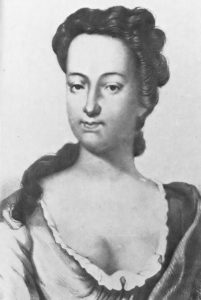
Elizabeth was now destitute. She had one child to care for, with no income, and in debt from Alexander’s lavish spending and from the court fines. However Elizabeth was quite a resourceful woman. Realizing that there was no up to date reference book for apothecaries on the newly discovered plants from the new world (North and South America), she set out to fill the gap. While Elizabeth held an interest in botany, and could draw very well, she knew that she would need assistance in writing the book. Elizabeth enlisted the help of her husband (while still in prison) for his medical knowledge of plants. She also found the support of the Worshipfull Society of Apothecaries and other leading doctors. She befriended Isaac Rand, curator of the Chelsea Physic Garden (a teaching garden established in 1673) and took rooms in Swan Walk next to the gardens to be able to draw and paint the plants from the new world.
Her book ‘A Curious Herbal, containing five hundred cuts of the most useful plants which are now used in the Practise of Physick, to which is added a short description of ye plants and their common uses in Physick’ was published in several volumes between 1737 and 1739. Elizabeth engraved her own images on copper plates and then hand-coloured the prints herself. The book was a financial success, which allowed the release of Alexander from jail and freed Elizabeth of all debts.
Unfortunately Alexander could not keep himself out of trouble. He eventually was retained as physician for King Frederick of Sweden., but was soon accused of quackery. Alexander next published an essay on agriculture and was put in charge of a farm which he mismanaged and again found himself in a delicate position with King Frederick. He was later alleged to have been involved in a plot to dethrone the king, and was sentenced to death in 1747.
Between 1747 and 1773 “A Curious Herbal” was later enlarged and improved by Christoph Jacob Trew, and was published in both English and Latin. It was entitled Herbarium Blackwellium in five volumes, the sixth volume titled Herbarii Blackwelliani auctarium.

Little is known of Elizabeth’s later life. She had three children, all of whom died young. It is said she took up midwifery. She was a devoted wife to her husband, working hard to free him from jail and clear all their debts. She shared loyalties with him from her book and also gave up the copyright of her book to pay his debts. Elizabeth never gained the popularity like others of her time, and has been overlooked by history, however she made great contributions to the science of botany and left behind detailed botanical illustrations.
Elizabeth Blackwell’s herbal was reprinted once in the 20th century and, in the 1920s.
*Elizabeth should not be confused with another Elizabeth Blackwell (1821-1910), the first woman to be openly recognized as a physician in the USA.
